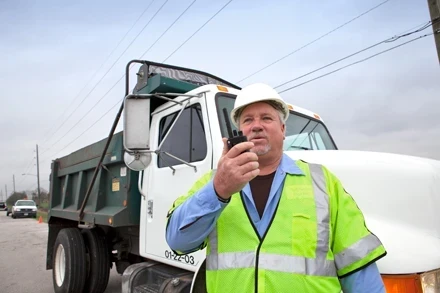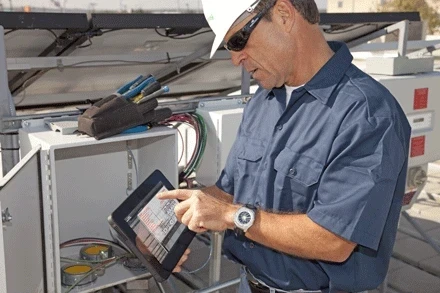Protecting Smart Grid Electronics

Properly selecting outdoor enclosures to increase reliability
BY ERIN BRESNAHAN, Purcell Systems
The largest deployments of a utility’s communications system tend to occur in areas with little supporting infrastructure other than the transmission and distribution lines, and much of this equipment, including backup batteries, will require protection from the elements, thermal management to maintain the proper operating temperature ranges, and security to prevent malicious access and tampering. In many cases, the installation of a thermally-managed outdoor enclosure will be more cost effective and practical than a new building or shelter.
THERMAL MANAGEMENT
Most commercial electronic equipment is specified to operate in a –40 °C to +65°C range. For electronic components, for every 10°C rise in temperature, the average reliability is decreased by 50 percent. In terms of mean time between failures (MTBF), the MTBF will double if the operating temperature is lowered 10°C. Therefore, maintaining equipment within the manufacturer’s recommended temperature range not only reduces capital reinvestment on equipment by extending its operational life, but also improves the reliability of a utility’s Smart Grid infrastructure.
Thermal management systems are available in a number of technologies and performance ranges to accommodate the heat load from contained equipment and solar radiation. A number of standards and specifications exist that specify the performance of thermal management systems.









